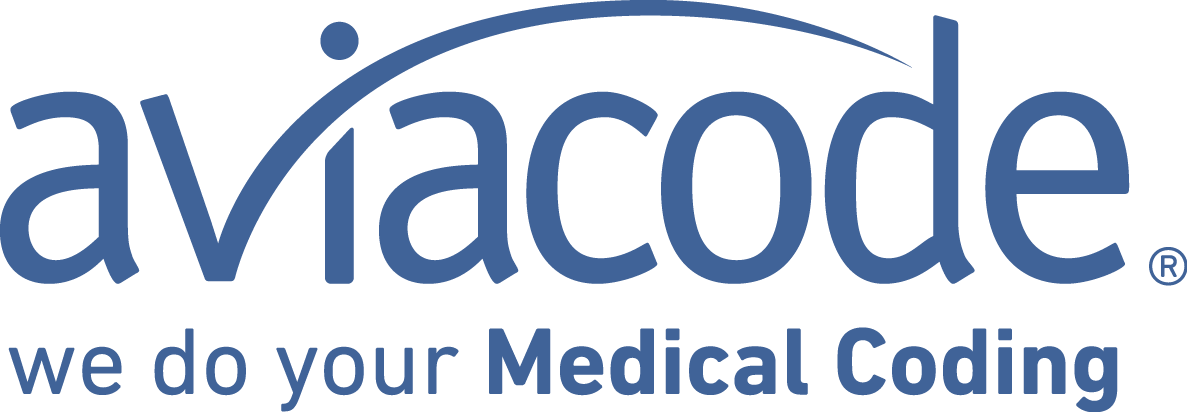This year's new ICD-10 coding changes affect many different medical specialties. Here a just a few of the changes for some medical specialties as listed from CMS.gov.
Be sure to check the complete files to see the details on the changes that will affect your specialty. To view the changes, download the Addendum from the CMS 2018 ICD-10-PCS and GEMs page. Go to https://www.cms.gov/Medicare/Coding/ICD10/2018-ICD-10-PCS-and-GEMs.html
Eye and adnexa:
H44.2- (Degenerative myopia) has new options to identify cases with choroidal neovascularization, macular hole, retinal detachment, foveoschisis, and other maculopathy by eye.
H54.- (Blindness and low vision) has multiple changes to allow you to identify the category for each eye, such as H54.1131 (Blindness right eye category 3, low vision left eye category 1).
Cardiology and vascular:
Myocardial infarction codes will expand, including a new specific option for type 2 (I21.A1).
Pulmonary hypertension options will increase under I27.2- to allow you to better define cause.
Heart failure coding options has 10 new changes, like I50.813 (Acute on chronic right heart failure) and I50.84 (End stage heart failure).
Cerebral infarction (I63.-), embolism and thrombosis (I82.81-), and varicose veins (I83.8-) will get some of those difficult-to-spot changes, like revising plural terms to singular.
Gastroenterology:
Coding for intestinal adhesions and obstruction will get more specific with about a dozen additions. To code correctly you’ll need to know whether obstructions are partial or complete.
Wound care:
There are several new options to help you report cases without evidence of necrosis.
Ob-gyn:
You’ll be able to specify quadrant when coding for an unspecified lump in the breast under N63.
Tubal (O00.1-) and ovarian (O00.2-) pregnancy codes will expand to let you identify the side affected.
New subcategory O36.83- will allow you to report maternal care for abnormalities of the fetal heart rate or rhythm, specific to the trimester and fetus involved.
Antenatal screening encounter codes (Z36) will get a makeover with 17 new codes so you can identify what the screening is for, such as nuchal translucency (Z36.82) and Strep B (Z36.84).
Neuro:
The list of changes for brain conditions is extensive. Injury codes of the optic tract (S04.03-) and visual cortex (S04.04-) will change terminology from “eye” to “side.” Expect a mass deletion of subsequent and sequela codes from S06.- that have the phrase “loss of consciousness of any duration with death.” (It makes sense when you think about it.)
Orthopedics:
Code descriptors for metacarpal fracture (S62.3-) have a period in the middle in 2017, so the 2018 version changes that to a comma.
Phalanx fracture codes for the finger (S26.6-) and toe (S92.5-) will see a language swap from “medial phalanx” to “middle phalanx.”
Subluxation and dislocation codes (S63.12-) for thumb interphalangeal joints will get cleaned up to remove references to proximal and distal.
These are just a few of the changes; but as you can easily see the new ICD-10 codes affects many different medical specialties. If your organization needs help coding or auditing compliance to these new codes, Aviacode has advanced medical coding technologies and experienced coders that can guarantee accuracy and turnaround for the new 2018 codes in almost any medical specialty.
Our solutions are less costly and less hassle for practice managers, physicians, hospitals, and providers. We can provide a temporary solution for eliminating backlogs, provide overflow coding coverage, or provide permanent HIM department support.
Aviacode uses the best credentialed and experienced coders in the industry. All our coders are certified, have a minimum of three years experience, and are continually working to improve their productivity and to stay on top of the new 2018 ICD-10 coding rules and regulations.
Can Your Specialty Use Help with the New 2018 ICD-10 Coding Changes?
Posted by
David Fong on Oct 31, 2017 11:15:00 AM
Topics: Medical Coding



